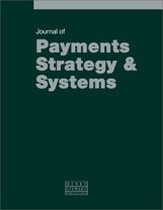Designing digital currency wallets for broad adoption
Abstract
For most citizens, the primary touch point for central bank digital currency (CBDC) transactions would be a digital currency wallet. A CBDC wallet may have attributes in common with a cryptocurrency wallet and others in common with a mobile payment wallet. If a CBDC is built on distributed ledger technology with token-based access, it would have even more in common with a cryptocurrency wallet than a mobile payment wallet. The unbanked population is increasingly using cryptocurrency wallets and mobile payment wallets. To promote broad adoption of a CBDC among populations currently underserved by the financial industry, governments will first need a greater understanding of the barriers to adoption. This paper examines the user-facing issues pertaining to access and financial inclusion, usability, security, privacy and interoperability, and identifies 11 key user-centred issues relating to the use of CBDC wallets, along with recommendations to address these issues. By adopting these recommendations, a CBDC wallet would better meet the needs of populations underserved by the traditional financial system.
The full article is available to subscribers to the journal.
Author's Biography
Becca Scollan is a principal human factors engineer at the MITRE Corporation. She has 12 years of experience in usability and user research in citizen-facing government applications for taxes, payments and identity verification. She holds a master’s degree in interaction design and information architecture from the University of Baltimore.
Erika Darling is a principal human factors engineer at the MITRE Corporation. She has 21 years of experience in usability and user research across a range of government applications, including military command and control, healthcare, and digital currency. Erika holds a BS in human factors engineering and an MS in engineering management from Tufts University.
